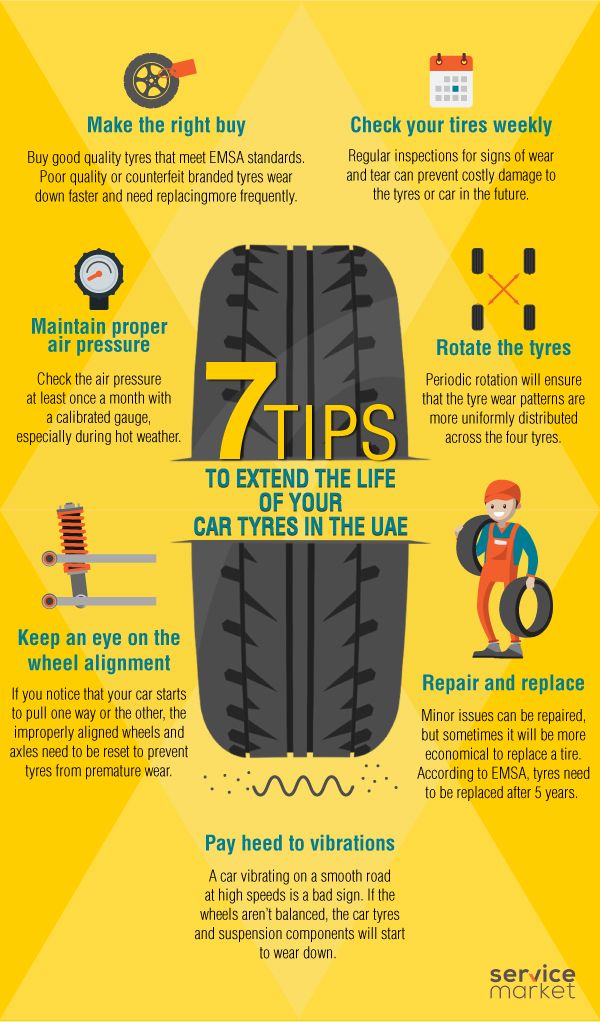When it’s time to replace your old tires, the new ones will need to be mounted and balanced correctly for optimum driving safety.
Your first instinct might be to call a professional. But it’s completely possible to take this task on yourself!
If you have an understanding of mechanics and want to save some money, you can learn how to mount and balance tires at home. Read on for a comprehensive guide.
Before we dive in, let’s look at the definitions of mounting and balancing your tires. What do these terms mean, exactly?
The term “mounting” means fitting the new tires onto the rims before attaching them to your vehicle’s axles. You can mount tires without a tire mounting machine, but it will require significant strength and effort.
The word “balancing” refers to the process of making your wheels aligned so that there are no wobbles or vibrations. A wheel is in alignment when its center of gravity is the same as the axis of rotation. Another way of explaining this is to say that a wheel is balanced when the wheel and tire weight is distributed evenly around the axle.
You will need the right equipment – a balancing machine – to achieve wheel alignment. Though it’s also possible to balance tires without a machine. While you can align tires without a machine, this process takes longer and is less accurate.
Professional technicians use spin balancing machinery to assess wheel balance and identify where the wheel is out of balance. The machine runs a series of diagnostic tests on the wheels while they spin in the air.
When the machine shows where the wheel is out of alignment, a technician will add tiny weights to the wheel rim in particular places to even out the wheel’s weight distribution.
A technician can also use a machine that simulates how road force acts on the tires to evaluate if they are in alignment or not.
A large roller is pressed against the tires to ascertain this. The machine then works out any deviations from the perfectly round shape of the tire. Some say that this technique can pick up misalignments that spin balancing cannot.
The technician can then put weights on the tires to align them.
If you do not balance your wheels effectively, you will notice a vibration through the vehicle at around 40 to 45 miles per hour. The shaking will only get worse as you accelerate, meaning you’re in for an uncomfortable ride.
Wheels that are misaligned can also cause damage to your vehicle and cost you money in unnecessary repairs. The tires will wear down unevenly, and other vehicle components such as shocks and wheel bearings may be damaged or compromised.
Consider checking: How Often Should Tires Be Balanced
Ready to get started? See below for our step-by-step instructions.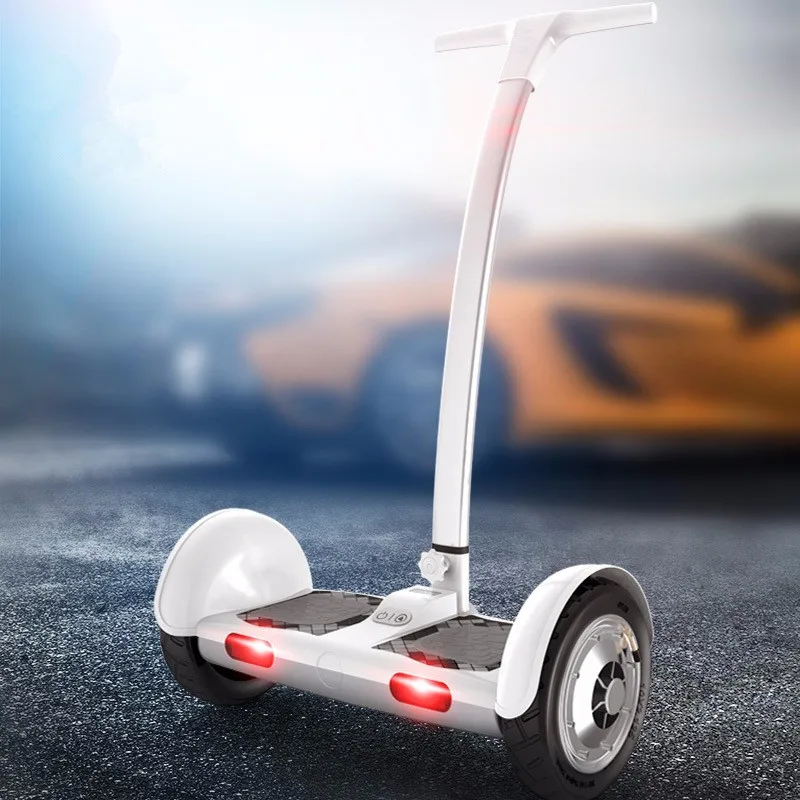
You’ll need a mounting machine, lubricant, pliers, and an air compressor.
You’ll need a tire balancer, wheel weights, a jack, a flat-ended screwdriver, and a lug wrench.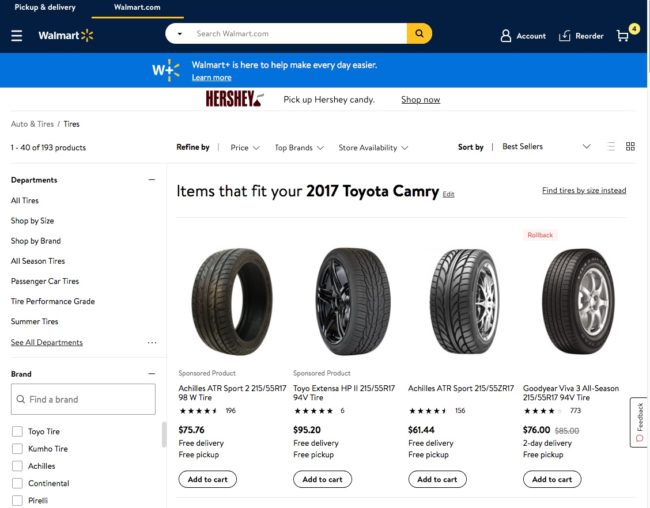
Mounting and balancing your tires is not that complicated. If you have a fair knowledge of and interest in vehicle mechanics and you’re willing to make the necessary purchases, then it is certainly doable.
Otherwise, if it’s not your thing, you’ll be much better off visiting your local tire shop.
Did you find our guide helpful? Then consider checking:
How Long Does It Take To Balance And Rotate Tires
How Long To Mount And Balance Tires
How Much Does It Cost To Get Tires Rotated And Balanced
How Much Does It Cost To Mount And Balance Tires
How To Tell If Tires Are Unbalanced
Unless you’re an automobile mechanic, you probably know how to balance car tires without a balancer.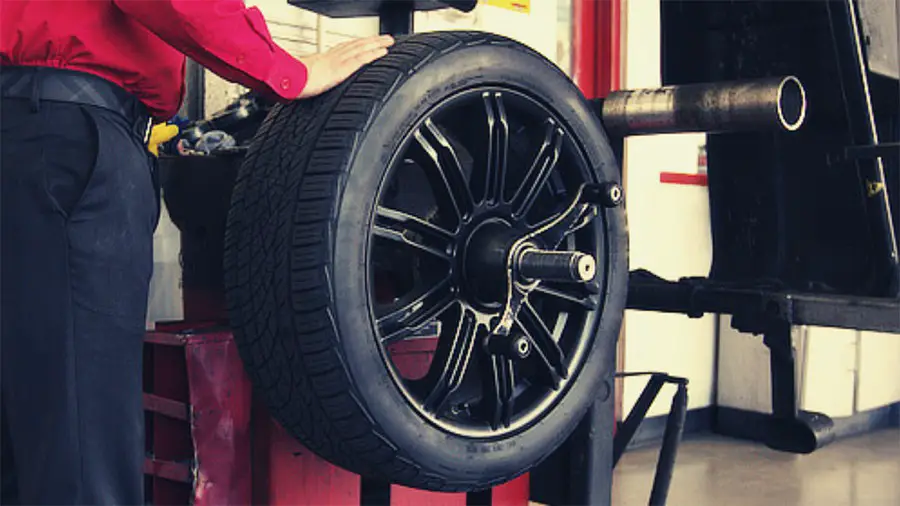 Balanced tires ensure even weight distribution and optimal wear characteristics. Tires should be balanced at every oil change. This article will cover static balancing and other methods. It will also cover the importance of checking tire balance at every oil change and why you should consider balancing your car tires regularly.
Balanced tires ensure even weight distribution and optimal wear characteristics. Tires should be balanced at every oil change. This article will cover static balancing and other methods. It will also cover the importance of checking tire balance at every oil change and why you should consider balancing your car tires regularly.
There are a few different ways to balance your car’s tires. Static balancing is one of the most basic and is suitable for minor tire imbalances. To balance the tires manually, you place the wheel and tire assembly on a vertical supporter. This will enable you to measure the balancing of the wheel and tire on one axis. The weight on the heavier side of the tire will lean lower to the ground than the other. During this process, the mechanic will place a small weight 180 degrees across the plane of the tire to counterbalance the other side of the wheel.
While using a balancer is the most convenient way to achieve this, there are other methods that can be performed by an amateur driver. One of the simplest ways is to place equal weights on each side of the wheel. This can ensure that the weight is evenly distributed throughout the tire. If you can’t use a balancer, you can use a jack. You can also place a weight on a jack to level the car’s wheels.
One of the simplest ways is to place equal weights on each side of the wheel. This can ensure that the weight is evenly distributed throughout the tire. If you can’t use a balancer, you can use a jack. You can also place a weight on a jack to level the car’s wheels.
Dynamic balancing, on the other hand, is a more complex technique. This process uses computer balancers to spin the wheel while measuring the weight on all three axes. The technician places the assembly on the balancer and spins it at certain speeds. The machine has sensors that detect any imperfections in the weights. The computer then specifies where to place the weights, and the balancer then calculates how much they should apply.
Performing tire balancing on a regular basis is the most effective way to ensure the weight distribution on the tires. Besides removing wobbling, this process also helps in improving fuel efficiency and extending the life of tires. It also reduces stress on the vehicle and ensures optimum tire wear. It’s easy to do and will save you time and money. In addition, you’ll get an expert’s opinion on the topic.
It’s easy to do and will save you time and money. In addition, you’ll get an expert’s opinion on the topic.
There are other ways to balance a car’s wheels without a balancer. The static balancing method involves adding weights to a single line of a tire. Static balancing is often the simplest method to use, especially in cases of light imbalance. The tire is placed on a vertical supporter and a spindle tool or bubble balancer is used to balance it. The heavier side will lean 180 degrees from the ground.
The Equal Flexx balancing compound is another method. The material, which is plastic or soft rubber, is injected into the tire‘s valve stem. The compound rebalances the tire assembly while it is in motion, so there is no need to dismount the tire. While equal-flexx does not require a balancer, it can be used on vehicles with all four wheels.
Another method is to add weights to a single line of a tire. These are easy to add and work well for light imbalance situations.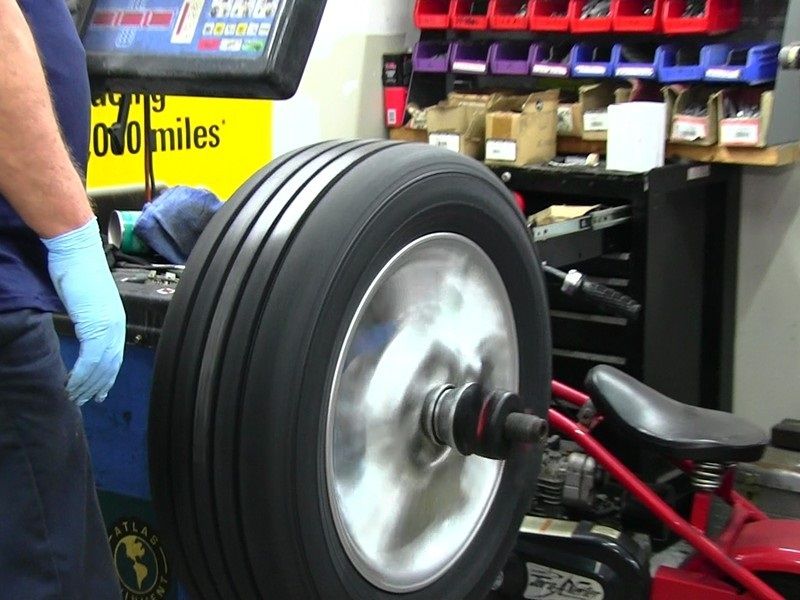 Once the wheels are supported, the mechanic will add weights to one side of the tire to balance the car’s tires. In this way, the wheel runs true while still being balanced. The tire can be mounted back onto the car once it is balanced properly.
Once the wheels are supported, the mechanic will add weights to one side of the tire to balance the car’s tires. In this way, the wheel runs true while still being balanced. The tire can be mounted back onto the car once it is balanced properly.
Regular wheel balancing improves fuel economy. Tire balancing reduces the wear and tear on the vehicle’s tires, which means lower fuel costs. Additionally, it prolongs the life of steering assemblies and axle end components. Regardless of the method, regular wheel balancing is important for a good ride. The Technology & Maintenance Council recommends that car owners balance tires regularly to ensure optimal performance and efficiency.
Dynamic balancing is a method that uses computer-controlled spinning balancers to measure a tire‘s weight on all three axes. The technician places a fully-assembled wheel on a machine that spins at various speeds. The machine’s sensors measure the weight placement and determine whether it’s too heavy or too light. Small weights are then added to the inner and outer rims to correct the imbalance.
Small weights are then added to the inner and outer rims to correct the imbalance.
The difference between wheel alignment and tire balancing is significant. Tires should be balanced at every oil change to ensure safety and smooth ride. An out-of-balance tire can contribute to early tire wear and can damage your car’s suspension. Getting your tires balanced on a regular basis will help prevent these problems and improve your car’s safety and handling. Here are a few tips on how to check the balance of your tires.
One way to check tire balance without a balanced balancer is to have a professional do it. A balancer spins the wheel at high speed to measure the mass of the tire. When this is done, a balancer will display the heaviest part of the tire. If the weight is uneven in one part of the tire, vibrations will be felt in the steering wheel.
If you do not have a balancer, then you may want to consider getting one. Tires that are not balanced can cause uneven wear, vibration, and other problems. You may even end up buying new tires. Taking your car to a mechanic for balancing will prevent you from needing new ones down the road. Also, balancing your car’s tires can help you identify underlying issues, such as wheel alignment and suspension problems.
You may even end up buying new tires. Taking your car to a mechanic for balancing will prevent you from needing new ones down the road. Also, balancing your car’s tires can help you identify underlying issues, such as wheel alignment and suspension problems.
Most vehicles should have a tire balance done at least once every 5,000 miles. A tire alignment job is a specialty of an automotive technician. Your vehicle’s alignment is based on the angles of the wheels on the car. Alignment technicians adjust the angles of the wheels to maintain proper balance. This adjustment can help prevent dangerous situations and extend the life of your tires. Your car’s alignment is another key element for safe driving. If you don’t have a balancer for every oil change, you may want to take your vehicle to a shop that specializes in alignment.
Unbalanced tires may cause your car to vibrate when you drive. It may also affect your gas mileage. The vibrations will cause your tires to wear out faster and can damage your suspension system.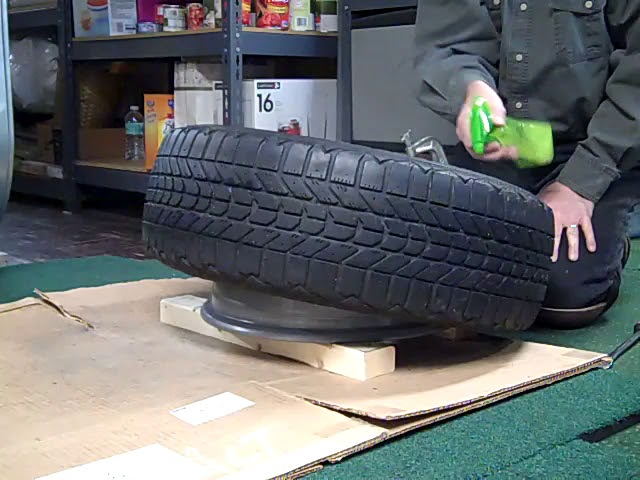 It may also lead to uneven wear on the sidewalls. If the wheels are not balanced, they may even cause a blowout. When you are driving at high speeds, the tires should be checked to ensure proper balance.
It may also lead to uneven wear on the sidewalls. If the wheels are not balanced, they may even cause a blowout. When you are driving at high speeds, the tires should be checked to ensure proper balance.
Tires can be out of balance for a variety of reasons. Sometimes, a vehicle is over-balanced, requiring a balancer to adjust the weights. Other times, a tire has uneven weight distribution and requires a tire mechanic to adjust the weights. Depending on the type of imbalance, there are different methods to balance a tire without a balancer. Some methods are listed below.
First, remove the weights from the wheels and clean them thoroughly. The wheels need to be thoroughly dry and clean before balancing. Once the wheels are clean, slide the balancer’s scale out of the bead edge. After a few seconds, turn the car off. The balancer will then automatically wake up and display the results. Once you’ve achieved a proper balance, install the balancing weights on opposite wheels.
Once you’ve achieved a proper balance, install the balancing weights on opposite wheels.
If you feel vibrations while driving, you may have out of balance tires. These vibrations can be caused by a number of things, including out-of-balance tires, a bent wheel, and aging suspension parts. If you notice these vibrations, be sure to consult a car mechanic as soon as possible. An out-of-balance tire can also result in patch-wear, a type of random pattern of wear on the tire.
Regardless of the reason, tire imbalance is dangerous. Even the smallest imbalance can cause significant damage to your suspension and car. In addition to tire wear and damage, an out-of-balance wheel can drastically increase your vehicle’s treadwear. There are two types of imbalances: static and dynamic. Static imbalance occurs when a heavy spot is in the tire. Dynamic imbalance is when weight is uneven on both sides of the tire centerline. This imbalance causes side-to-side movements.
Tires should be balanced after you install new tires. Not only will a properly balanced wheel increase the life of the tires, but it will also lower the cost of replacements in the future. Even the slightest imbalance can also lead to vibrations and premature tire wear. Furthermore, it can lead to excessive heat and reduce the life of the tires. As with any work, safety should always be your first concern. Wear proper protective gear and follow instructions carefully.
Not only will a properly balanced wheel increase the life of the tires, but it will also lower the cost of replacements in the future. Even the slightest imbalance can also lead to vibrations and premature tire wear. Furthermore, it can lead to excessive heat and reduce the life of the tires. As with any work, safety should always be your first concern. Wear proper protective gear and follow instructions carefully.
For All Motorbike Tires
Click Here For Tire Prices
Wheel balancing is one of the measures that ensure the stability of the car on the road and affect traffic safety. Many car owners believe that only service stations can do high-quality balancing. They are partly right, but it is not always possible to contact the masters, and it is impossible to delay the procedure. In this situation, you can do the balancing of the wheels with your own hands in a garage.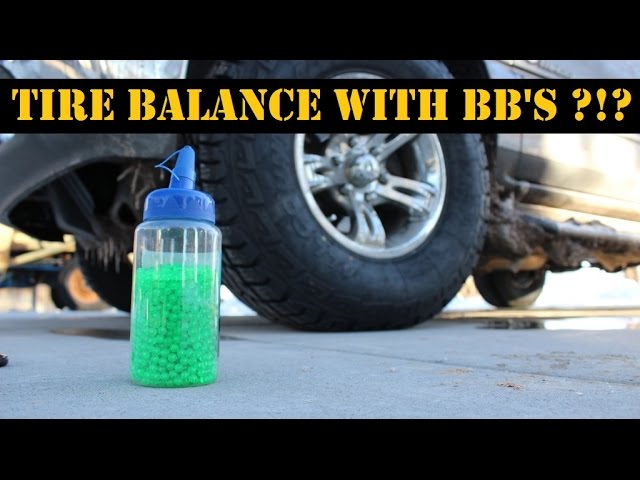 There are ways to carry out this procedure without professional equipment.
There are ways to carry out this procedure without professional equipment.
Contents
1 Why balancing is needed
2 How often to carry out
3 Signs of imbalance
4 Balancing methods
4.1 Without wheel removal
4.2 On a homemade stand
4.3 On machine
4.4 Balancing with pellets
4.5 Video: do-it-yourself wheel balancing
5 Errors during procedure
Uneven tire wear or disc damage lead to imbalance, that is, a violation of the distribution of the mass of the wheels relative to the horizontal and vertical planes. There are two types of unbalance:
 The disc writes a figure eight while the car is moving.
The disc writes a figure eight while the car is moving. There are two types of unbalance: static and dynamic
Unbalance causes the wheels to vibrate while driving. The imbalance of the wheels, especially when driving at high speed, impairs handling, increases the length of the braking distance, and leads to premature wear of the running gear.
Unbalanced wheels while driving at high speed cause loss of control. But even if the accident did not happen, constant vibration renders the hub bearing unusable, and over time, the entire suspension system of the vehicle breaks down.
The task of the procedure is to restore balance to the wheels during rotation. The result of balancing is a uniform distribution of the mass of the wheel relative to the axes of rotation.
There are no clear and specific recommendations for all vehicles on the frequency of balancing. It all depends on the operating conditions of the vehicle, the condition of the wheels, and other factors.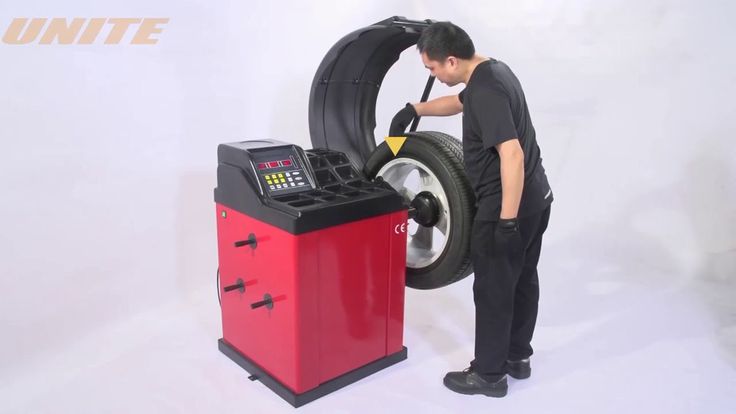 Experts recommend balancing:
Experts recommend balancing:
The main signal of imbalance is the appearance of vibration. The intensity of the vibration transmitted to the passenger compartment depends on the degree of imbalance. Sometimes at speed the car starts to literally tremble with the whole body.
The nature of the vibration indicates which wheels are unbalanced:

Other signs of imbalance are increased fuel consumption, tire noise while driving, uneven wear and regular flat tires.
Using the advice of experienced drivers, you can independently carry out balancing in the old fashioned way without using a special machine. This will take more time than the master would spend in the service, but will save money.
If desired, wheel balancing can be carried out independently in a garage
To perform the procedure yourself, you will need the following tools and materials:
Interesting! To balance wheels on cast or forged rims, it is advisable to purchase self-adhesive weights. But in winter, such weights can come unstuck from temperature changes.
Balancing weights required for balancing
Self balancing process consists of the following steps:
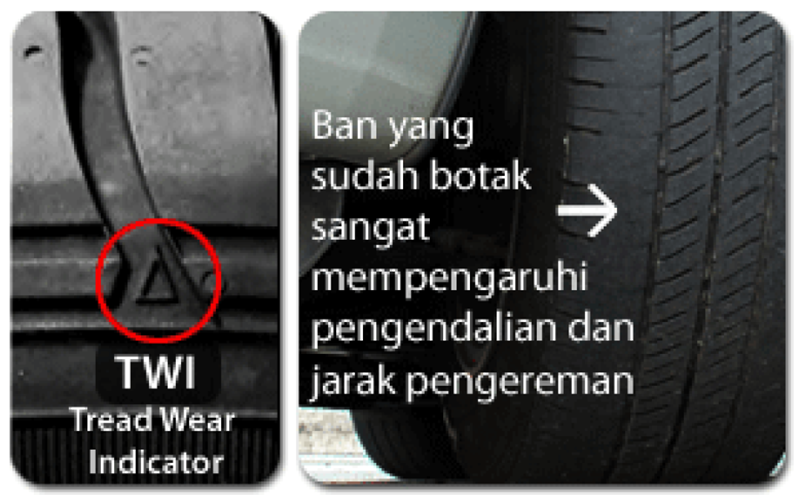 The wheels are cleaned of dirt, stones stuck in the tires, the caps are removed, the pressure in the tire is lowered, and the old weights are removed. The jack is installed on one side of the vehicle, freeing 2 wheels. Check the free rotation of the wheels. If the wheel turns hard, you need to unpin it and loosen the hub nut.
The wheels are cleaned of dirt, stones stuck in the tires, the caps are removed, the pressure in the tire is lowered, and the old weights are removed. The jack is installed on one side of the vehicle, freeing 2 wheels. Check the free rotation of the wheels. If the wheel turns hard, you need to unpin it and loosen the hub nut.  The wheel begins to rotate and spread the weights. The purpose of the process is to ensure that the wheel stops in a different position each time. Once this starts to work out, the weight is distributed evenly, that is, a static balance is achieved.
The wheel begins to rotate and spread the weights. The purpose of the process is to ensure that the wheel stops in a different position each time. Once this starts to work out, the weight is distributed evenly, that is, a static balance is achieved. In this sequence, carry out the procedure with each wheel. To check the correctness of the balancing performed, you need to drive a car for at least ten kilometers at a speed of more than 90 km / h. If there are no shocks and taps during movement, then everything is done correctly. If the procedure is performed incorrectly, specific shocks to the steering wheel appear.
For your own confidence, at the first independent balancing, you can undergo diagnostics at the service station. If the masters confirm that everything was done correctly, in the future you can do the procedure yourself.
Important! Self-balancing in the garage is only permissible in case of static imbalance. The elimination of dynamic imbalance requires the use of equipment.
Experts recommend contacting the service if the car has worn tires and old bent wheels. It is impossible to balance such wheels without special equipment.
You can make the balancing process easier by making a homemade stand in the garage. In this case, you do not have to remove the brake pads from the wheel and loosen the stepped nut.
A self-made stand simplifies the wheel balancing process.
The stand is assembled from an old hub with a working bearing. The hub is mounted on the frame in such a way that the wheel rotates freely, and the whole structure firmly rests on the surface. It is convenient to use vertical metal racks as a frame, between which the wheel is attached. Further balancing steps are the same as the previous method of performing the procedure.
Even an experienced motorist in garage conditions carries out balancing “by eye”. Therefore, there can be no complete confidence in the correctness of the process.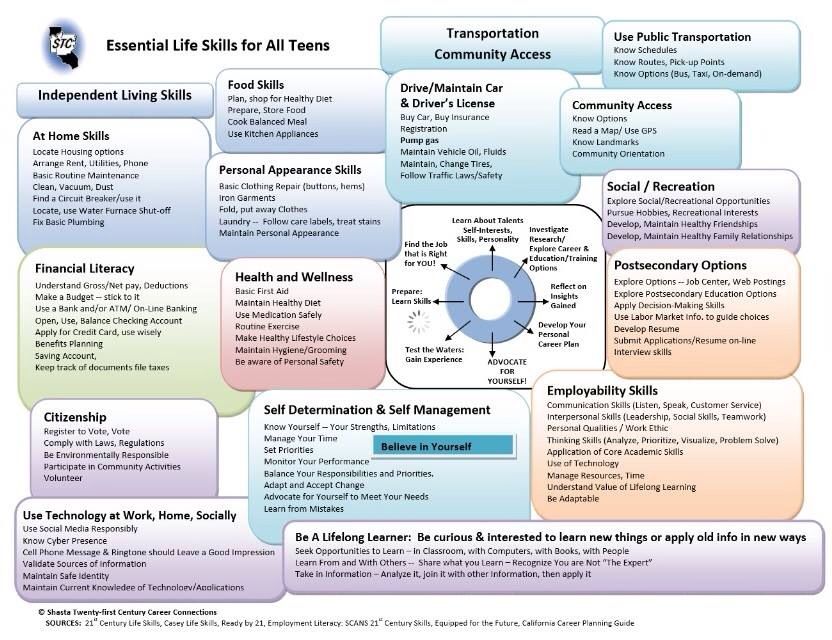 In specialized workshops, balancing is carried out on computer-controlled machines.
In specialized workshops, balancing is carried out on computer-controlled machines.
Modern workshops are equipped with CNC balancing machines
The machine consists of a cone-shaped support for mounting the wheel, a rotating electric motor and sensors. The wheel rotates during tire fitting, and at the same time the computer determines the vibration and pressure. The readings of the sensors help to accurately calculate the weight and installation location of the weights.
Workshops are equipped with two types of machines:
According to the type of supports used, the machines are divided into:
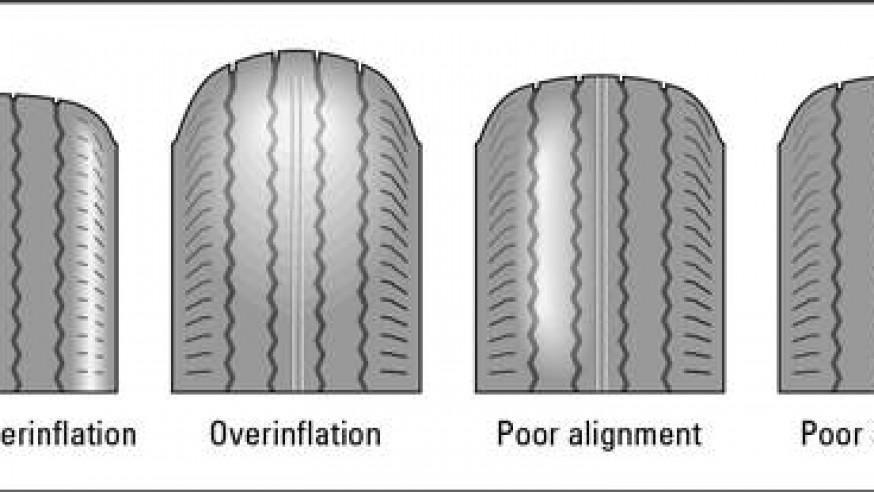
Interesting! On rigid machines, various parts can be tested, but the quality and accuracy of measurements for this reason is reduced.
Most modern workshops are equipped with automatic balancing machines. The master puts the wheel on the shaft, clamps it with bolts and spins it. The sensors determine the points of end runout. The computer determines the intensity of the push and calculates the mass of the load that must be attached to the calculated point. The computer will also tell you if the wheel cannot be balanced.
One of the newest methods of wheel balancing is the use of special granules instead of weights. The essence of the technique is the filling of special granules into the tire, sliding during movement in the internal space. This free movement eliminates imbalance while moving at speed.
Modern methods of wheel balancing involve the use of a microbead
The advantage of this method is that the granules are poured once and they perform their intended function throughout the life of the tire. The disadvantage of this balancing method is the high cost of granules. Therefore, balancing in this way has not gained popularity at the present time.
The disadvantage of this balancing method is the high cost of granules. Therefore, balancing in this way has not gained popularity at the present time.
If the balancing process is carried out in violation of the technology, then the vibration problem will not be solved at best, and at worst it will further worsen. The most common errors:

In order not to encounter such troubles, it is necessary to carefully choose a car service and control the work of the masters. Qualified specialists give a guarantee for their own work and show the balancing results on the machine display. If the master forbids the presence of the owner of the car during work or does not give a guarantee, it is advisable to refuse his services.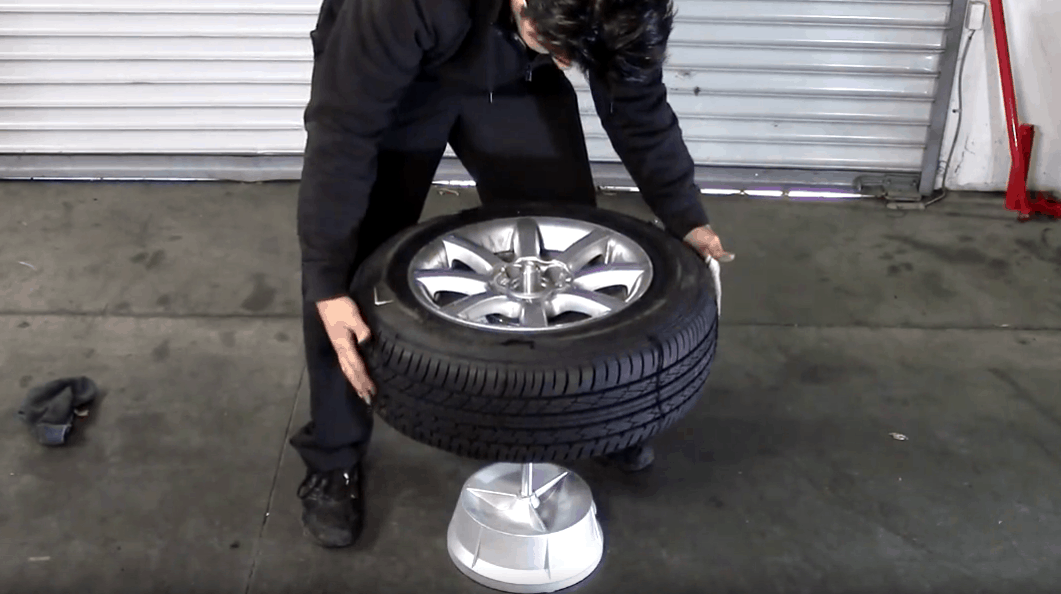
Wheel balancing is an important element in monitoring the technical condition of the vehicle. A timely procedure will help not only increase the safety and comfort of driving, but also extend the life of the car, preventing premature wear of the parts of the running system.
Rate this article:
(13 votes, average: 4.5 out of 5)
Share with friends!
Adblock
detector
Author: Kirill Savchenko
The modern car owner does not particularly go into the wheel balancing process. He perceives it as a kind of obligatory procedure for seasonal change of shoes and does not even realize how important its quality is.
He perceives it as a kind of obligatory procedure for seasonal change of shoes and does not even realize how important its quality is.
In fact, the consequences of the imbalance of a rotating body can be seen at home. Try tossing your sneakers into the washing machine and spinning it. The imbalance that appears in the drum will cause it to beat, and with an increase in speed, the washing machine will rumble and shake. Something similar happens with a car whose wheels are out of balance.
Suspension and wheel bearings, steering elements, even with an imbalance of 10-15 g, receive thousands of beats per minute with an amplitude of 0.1-0.3 mm. They may be imperceptible to the driver, but act like a concrete hammer. Inexorably destructive. In addition, the imbalance increases tire wear and makes it uneven.
Taking into account that the unbalance will be different on each of the wheels, then when driving at high speeds, the car becomes less stable. It is harder to manage, and on a slippery or wet road, the situation can completely get out of control.
So, imbalance appears when the center of mass of the wheel does not coincide with the axis of rotation. It would seem that this cannot happen on absolutely new tires or disks, because they are made in compliance with all technological requirements.
Yes, it is, but in any case, the tire does not come out perfect during the manufacturing process. Some of it may be a little thicker and heavier, some thinner and lighter. We are talking about millimeters and grams, which simply cannot be determined. After mounting on a disk, which is also not ideal due to the same technological reasons, a single structure is obtained that has a common center of mass. That is why the wheel is balanced as an assembly.
If it were a conditional thin disk, then the balancing would be only static. In this case, it is enough to balance the opposite centers of mass: the minimum and maximum. But a car wheel is wide, and therefore it needs dynamic balancing, on the outside and on the inside.
This is done with the help of special lead or zinc balancing weights weighing 5-60 g. On stamped discs they are fastened with steel clips-latches, on alloy wheels - with self-adhesive strips. It is impossible to correct the imbalance on your own. For this, special balancing machines are used.
They vary in design, from the simplest to those equipped with laser sensors. The latter allow you to determine not only the imbalance, but also the curvature of the disk or the violation of its geometry. In this case, the owner will be offered to repair the disc or may be denied balancing due to its impossibility.
But even the presence of such a machine in the tire shop will not give any guarantee that the wheels of your car will be balanced correctly. Firstly, the machine must be fixed on a solid, better concrete base and stand strictly horizontally.
Secondly, it is necessary to enter the correct data on the size of the tire and disk into its electronic unit, and the machine itself must not have wear in the rotating elements and be calibrated.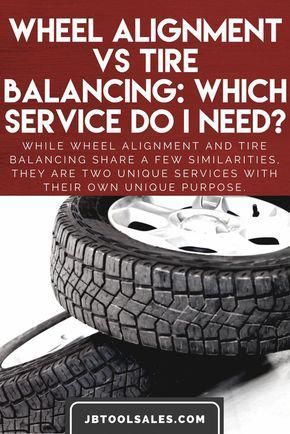 Finally, the master must have the appropriate qualifications and experience - as practice shows, 90% of success depends on this factor.
Finally, the master must have the appropriate qualifications and experience - as practice shows, 90% of success depends on this factor.
For example, if a wheel requires a significant amount of weight, he should know that turning the tire around the rim can reduce the imbalance and less weight will be needed. True, not everyone follows this rule, and here's why.
Changing the position of the tire relative to the rim in order to reduce the mass of weights required for balancing does not always lead to the desired result (the result is not known in advance!).
At the same time, labor costs for balancing and, as a result, its cost increase significantly. At the same time, a very large amount of cargo on the wheel may indicate a low qualification of the worker. On the other hand, automakers do not specify the maximum mass of weights used for balancing.
Ceteris paribus, the mass of weights required to compensate for unbalance will be minimal if they are installed at the maximum distance from the center of mass of the disk-tire system, i. e. on the bead flanges.
e. on the bead flanges.
Installing weights closer to the center of mass of the "disc-tire" system (for example, in order not to spoil the appearance of the disk, an adhesive weight is placed on the inner surface of the rim) will inevitably lead to the need to increase their mass.
Also, the master must clean the tire from the smallest stones in the tread, and the wheel from adhering dirt. In case of deformation, be sure to inform the owner.
One of the most important things is mounting the wheel on the machine. In most cases, it is attached through the central hole of the disc. From the back, the wheel sits on a cone, and from the front it is fixed with a flange adapter and a clamping nut. This method increases the speed of the balancing process, but does not always provide perfect alignment.
Special Haweka adapters help improve this. Their essence is that the wheel is clamped on the machine through the holes for the wheel studs. At the same time, the probability of damaging the paintwork of the rim is minimal. In addition, the adapter imitates an almost exact fit of the wheel on the hub and even the required tightening torque. In this case, the balancing accuracy will be higher. Flange adapters are available for various bolt patterns and can be used on any balancing machine.
In addition, the adapter imitates an almost exact fit of the wheel on the hub and even the required tightening torque. In this case, the balancing accuracy will be higher. Flange adapters are available for various bolt patterns and can be used on any balancing machine.
After installing the weights of the desired mass in the places indicated by the machine, the verification procedure is carried out again. If necessary, weights are either added or removed, but their weight should not exceed 5 grams. The wheel is considered balanced if the readings on the instrument panel are zero.
So when and how often is wheel balancing necessary? As a rule, in the manuals for the operation of cars, balancing is recommended every 10-15 thousand kilometers. But this is provided that the wheels were not disassembled.
That is, if the same wheels are used during seasonal tire changes, balancing is required. It is also necessary if the car has driven several thousand kilometers on bad roads or there have been cases of a wheel falling into a hole. But in this case, not one wheel is balanced, but a pair standing on the same axle.
But in this case, not one wheel is balanced, but a pair standing on the same axle.
Commentary of a SHINSERVICE specialist
Alexander Golubev
SHINSERVICE expert
Many drivers make the mistake of overhauling the suspension or replacing the power unit cushions when vibrations appear in the car. The first thing you should pay attention to is the cleanliness of the wheels and tires. Unevenly distributed adhering mud, snow, ice, tar stuck to the tire tread after driving on a road section being prepared for repair - all this can cause imbalance.
The second important point is the mounting of the wheels. Each of them must be tightened to a torque in accordance with the recommendations of the automaker.
If everything is in order in this regard, then the wheel balance should be checked next. We advise you to do it only in proven specialized services, on certified equipment. And only if the measures taken have not yielded results, we recommend that you proceed to checking the setting of the front wheel angles and checking the condition of the suspension.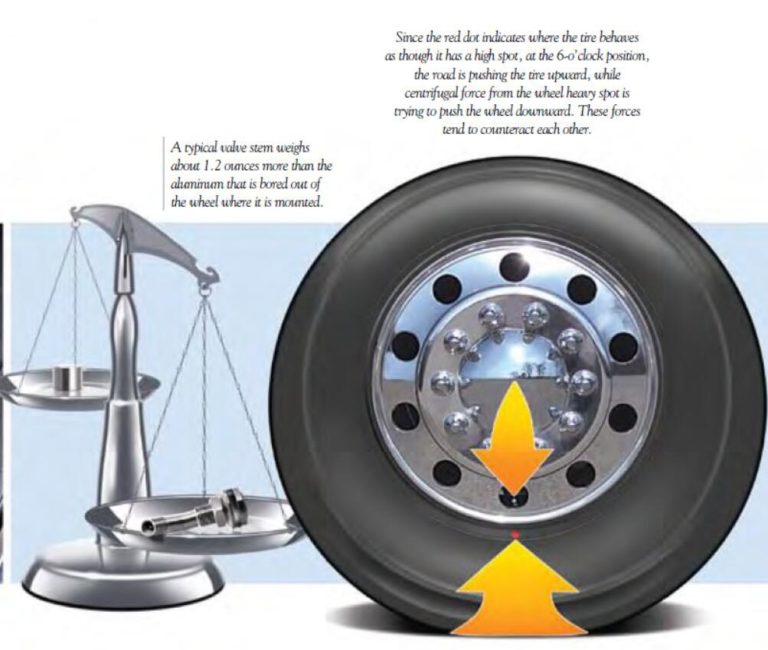
In any case, properly balanced wheels will avoid many problems in the future.
practice tires and wheels
Articles / Travel 3500 km from Moscow. Visiting Khanty and Mansi. We continue to follow our pilgrims, Alesei Zhirukhin and Sergei Lysenko. In this part of the report, they will tell us about Khanty-Mansiysk and Kogalym. 160 0 0 05.12.2022
Articles / Popular questions What is dangerous driving and is it possible to get a fine for it Just a couple of weeks ago, we figured out that traffic rules limit lane changes not only for dangerous driving. Today we will talk directly about the most dangerous driving. What mane... 159 0 one 05.12.2022
What mane... 159 0 one 05.12.2022
Articles / History A 45-year-long holiday: we see off the Ford Fiesta, remembering its brightest achievements Fiesta for Ford is almost the same iconic model as, for example, Golf for Volkswagen. After all, for more than 45 years, more than 16 million copies of seven generations have been produced. Alas,... 1433 four one 03.12.2022
Test drives / Test drive Haval Dargo vs Mitsubishi Outlander: the dog is barking, the stranger is coming In the Haval dealership in the south of Moscow, life is in full swing: buyers look at cars, communicate with managers and sign some papers. While I was waiting for the test Dargo, the same cross... 18173 7 205 13.09.2022
While I was waiting for the test Dargo, the same cross... 18173 7 205 13.09.2022
Test drives / Test drive Motor from Mercedes, emblem from Renault, assembly from Dacia: test drive of the European Logan 1.0 It would seem that what's new can be told about the second generation Renault Logan, known to every Russian taxi driver, as they say, up and down? However, this car has... 14577 ten 41 08/13/2022
Test drives / Test drive Geely Coolray vs Haval Jolion: Free Cheese? If! Do you want to buy a car today with a full warranty, on credit at an adequate rate, without wild dealer markups? Now this is still a task, because a full-fledged chain of "representation - s.